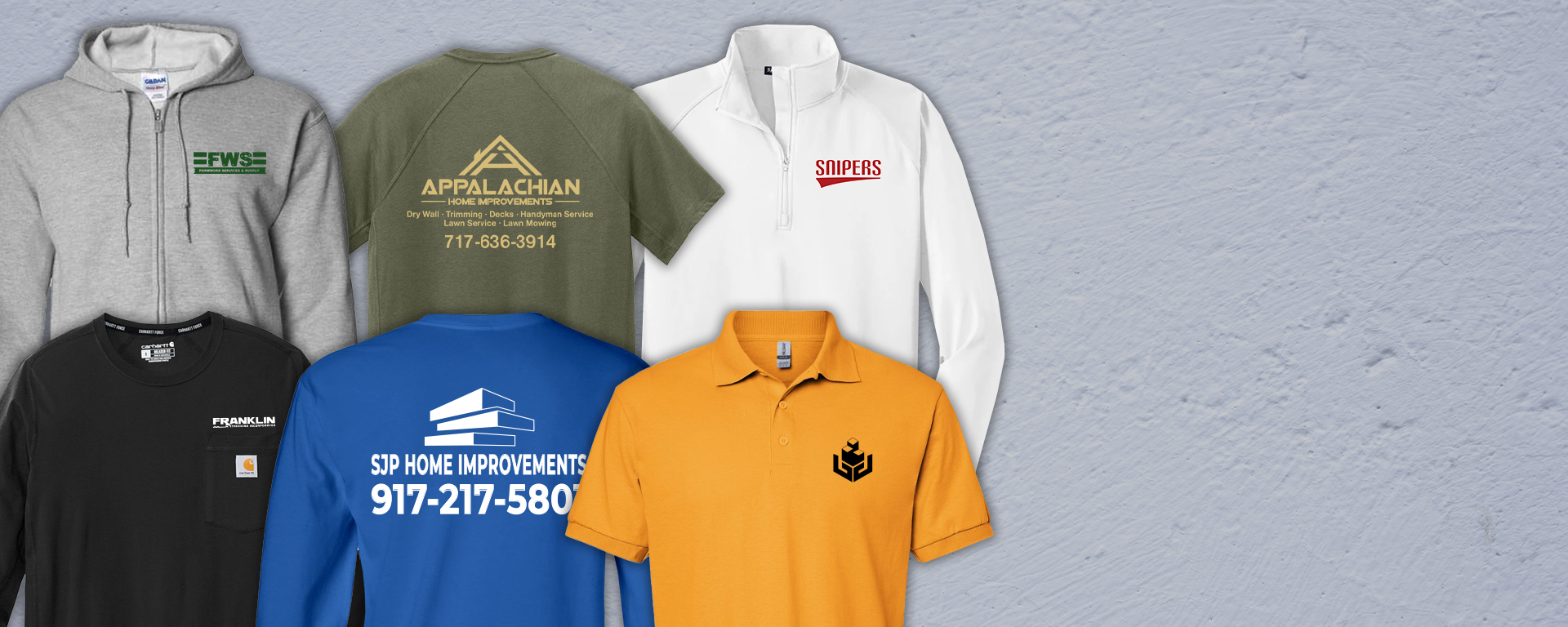Comprehending Clothes: The Significance of Material Options in Your Closet
The selection of material in garments plays an essential duty in both appearances and functionality. Various materials offer differing degrees of breathability, durability, and comfort, straight affecting the user's experience. Comprehending these nuances can boost one's wardrobe noticeably. Lots of forget just how these choices can affect not just personal design, yet also sustainability. What material decisions could redefine your wardrobe and align it with both design and responsibility?
The Duty of Textile in Style and Capability

Typical Fabric Kinds and Their Features
When choosing clothing, comprehending the features of usual textile types is crucial for making notified options. Cotton, a widely-used natural fiber, is recognized for its breathability, softness, and flexibility, making it ideal for casual wear and daily garments. Bed linen, one more natural choice, flaunts excellent moisture-wicking buildings and a distinctive appearance, ideal for warm climates.Wool, often favored for its warmth and longevity, differs in excellence; merino wool is soft versus the skin, while coarser kinds are used for outerwear. Synthetic fabrics like polyester and nylon offer longevity and resistance to wrinkles, making them prominent for activewear and travel garments. Finally, blends, which combine synthetic and natural fibers, can improve capability while maintaining comfort. By acknowledging these textile qualities, individuals can select clothing that lines up with their way of life and visual preferences.
Breathability and Convenience: Picking the Right Fabrics for Different Environments
Choosing the ideal fabrics for various climates can significantly boost convenience and general wearability. Breathable products are important in warm climates, as they allow air flow and dampness dissipation. Fabrics such as cotton, linen, and moisture-wicking synthetics successfully draw sweat far from the body, keeping the wearer cool and completely dry. Alternatively, in colder environments, thicker fabrics like wool or fleece provide insulation while preserving breathability, ensuring heat without overheating.Additionally, the choice of material weight plays a vital duty; light-weight fabrics are better for summertime, whereas heavier options are fit for winter months wear. Recognizing the one-of-a-kind residential properties of each textile enables people to dress suitably for differing weather. Eventually, picking breathable and comfortable materials tailored to details climates can considerably boost day-to-day convenience and improve the overall experience of using apparel.
Resilience and Care: Just How Textile Influences Longevity of Your Closet
Choosing the appropriate materials can significantly impact the toughness and treatment demands of a wardrobe. Fabrics such as cotton and polyester are understood for their durability and convenience of maintenance, making them optimal for daily wear. In contrast, delicate products like silk and shoelace require even more cautious handling and specialized cleaning techniques, which can enhance the moment and initiative required for care. Branded Clothing.Durability is additionally affected by the material's weave and finish; tightly woven textiles tend to resist damage far better than loosely woven alternatives. Furthermore, artificial blends often supply enhanced toughness, integrating the most effective high qualities of several fibers.Understanding the treatment directions for every textile is vital, as improper washing or drying out can cause early wear. Ultimately, selecting sturdy products can lead to a longer-lasting wardrobe, reducing the frequency of substitutes and adding to a much more lasting style selection
The Effect of Fabric on Fit and Shape

Lasting Fabric Options: Making Eco-Friendly Decisions
The influence of material prolongs beyond fit and silhouette to incorporate ecological aspects, prompting an expanding interest in lasting material choices. Environmentally friendly textiles, such as organic cotton, hemp, and Tencel, are acquiring grip amongst customers who focus on sustainability in their wardrobes. These products are typically created with less chemicals and water, minimizing their ecological footprint.Additionally, recycled fabrics, made from post-consumer waste, provide an ingenious option to the textile market's pollution trouble. Brands progressively welcome transparency in their sourcing methods, allowing consumers to make informed choices regarding their purchases.Choosing lasting textiles not just supports honest practices but additionally encourages the fashion sector to take on even more liable manufacturing techniques. As awareness of ecological concerns rises, people are urged to assess the long-term impact of their fabric choices, fostering an activity towards a more lasting and ecologically conscious technique to fashion.
Raising Design: Just How Textile Can Change a Clothing
While lots of may concentrate on color and cut when selecting an attire, the choice of fabric plays an essential function in boosting design and improving general look. Various materials convey distinct moods and messages; for instance, silk exudes luxury and elegance, while jeans offers a laid-back, unwinded vibe. The appearance and drape of a material can considerably alter the shape, with organized materials supplying a sleek appearance and softer ones developing an extra fluid, unwinded aesthetic.Moreover, the weight of the textile affects wearability throughout periods. Lightweight materials like linen and cotton are suitable for summertime, while much heavier products such as wool and velvet provide warmth and sophistication in colder months. Understanding material residential properties, such as breathability and stretch, also encourages individuals to make educated choices that improve comfort without jeopardizing style. Inevitably, the best material can transform an outfit from regular to remarkable, making it a crucial factor to consider in any wardrobe.
Often Asked Questions
How Do I Recognize the Textile Content of My Clothes?
To identify fabric web content, one can check out treatment labels, conduct melt tests for fiber identification, or seek advice from material swatches. These methods help set apart materials, ensuring educated choices for clothing care and maintenance in daily wear.
Can Fabric Selection Affect My Mood or Confidence?
Textile choice can significantly affect an individual's state of mind and confidence. Branded Clothing. Particular products may stimulate feelings of convenience or beauty, while others can feel restrictive or unflattering, inevitably influencing self-perception and psychological health this content throughout the day
What Fabrics Are Finest for Sensitive Skin?
For individuals with sensitive skin, natural fabrics like linen, cotton, and bamboo are typically advised. These materials are breathable, hypoallergenic, and less likely to create irritation, making them appropriate selections for convenience and skin health.
Just how Do I Correctly Clean and Take Care Of Various Fabrics?
To properly care and wash for various textiles, one need to consider each product's certain needs, including temperature settings, cleaning agents, and drying out approaches, ensuring durability and preserving the textile's original top qualities for check out here ideal usage.
Are There Specific Fabrics for Athletic or Efficiency Wear?
Athletic or performance wear typically uses materials such as spandex, polyester, and nylon. These materials are made for moisture-wicking, breathability, and adaptability, enhancing movement and comfort during exercises while providing longevity and support. On the other hand, in cooler climates, thicker textiles like woollen or fleece offer insulation while retaining breathability, ensuring heat without overheating.Additionally, the option of textile weight plays an important role; light-weight materials are preferable for summer season, whereas larger choices are suited for wintertime wear. In contrast, delicate products like silk and lace require even more mindful handling and specialized cleansing techniques, which can increase the time and initiative required for care.Durability is also influenced by the textile's weave and coating; snugly woven materials tend to stand up to wear and tear much better than loosely woven choices. In contrast, inflexible textiles can restrict movement yet offer a timeless, polished look.Moreover, the thickness and texture of the textile can influence the visual perception of body shape. The impact of textile extends beyond fit and silhouette to include ecological aspects, triggering a growing passion in lasting fabric selections. The texture and drape of a fabric can dramatically modify the shape, with structured fabrics supplying a sleek look and softer ones creating an extra fluid, unwinded aesthetic.Moreover, the weight of the textile affects wearability throughout periods.